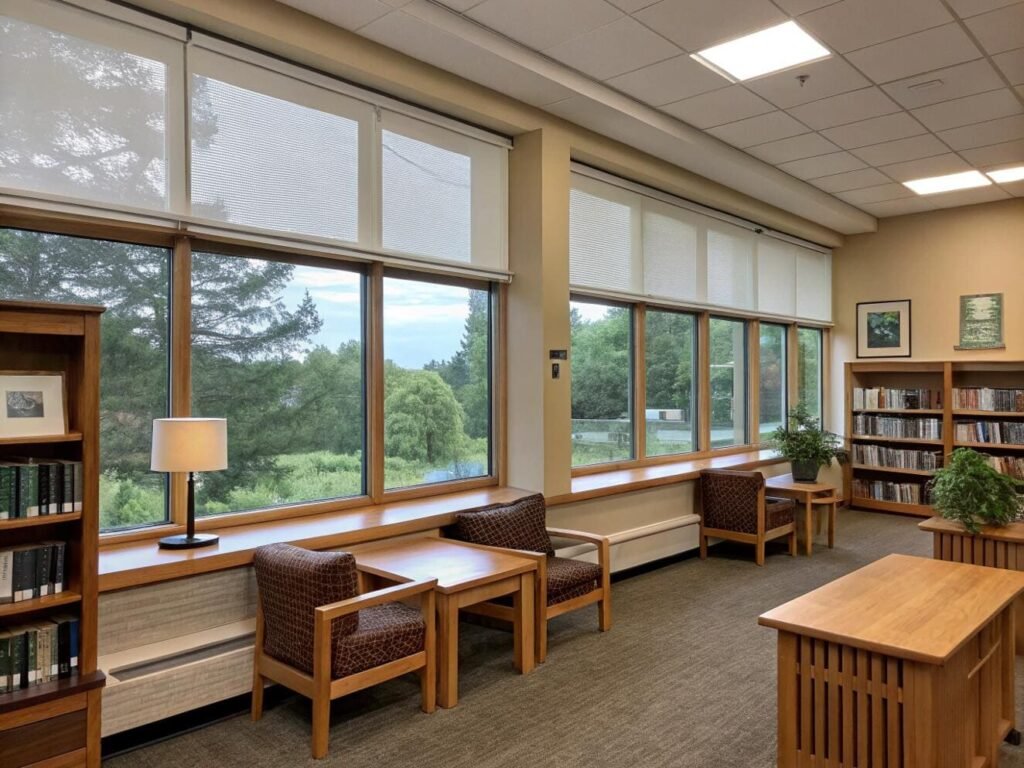You've sourced the perfect blinds for your project, but now they are on the other side of the world. The complexities of international shipping, customs clearance, and surprise fees can quickly turn a profitable project into a logistical nightmare.
Successfully importing blinds requires a proactive strategy that includes choosing the right shipping method (air vs. sea), preparing flawless documentation, and partnering with a reliable supplier and freight forwarder. A clear plan is the key to avoiding costly delays and ensuring your blinds arrive on time and on budget.
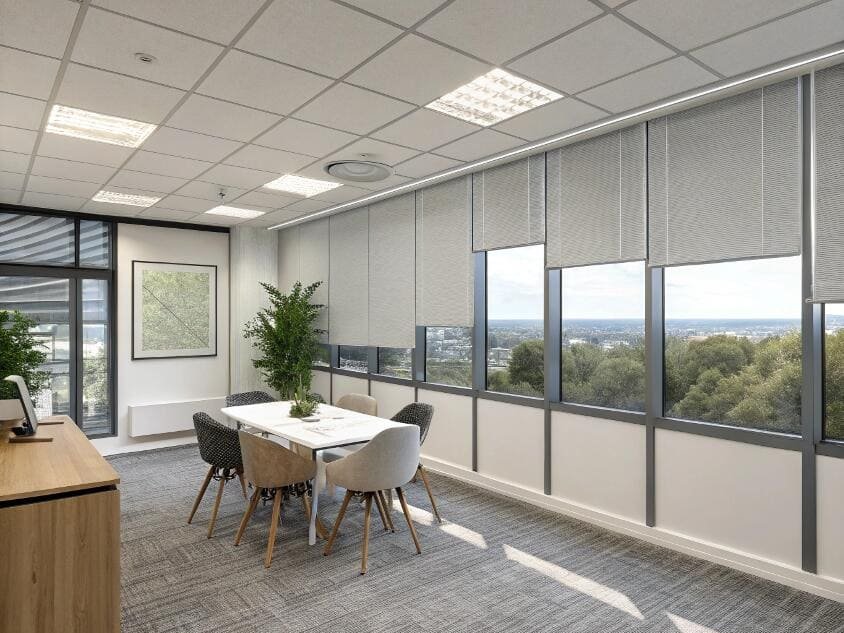
As someone who has navigated the complexities of global trade for years, I’ve seen where projects go wrong. It’s almost never the product itself; it's the logistics. Based here in Wuhan, a major logistics hub[^1] in China, my team has built its reputation on making this process smooth and predictable for our partners worldwide . We don't just sell blinds; we manage a global supply chain to get them to your project site. Let's break down the essential steps so you can import your next bulk order with confidence.
How do you ship a bulk order of blinds?
Your blinds are manufactured and ready to go. Now you face the first big decision: how do you get them from the factory to your country? The choice between flying and sailing will have a massive impact on your project's timeline and budget.
For bulk blind shipments, you have two primary options: sea freight or air freight. Sea freight is far more cost-effective for large orders but is much slower. Air freight is incredibly fast but comes at a significant premium, making it suitable only for urgent or small, high-value orders.
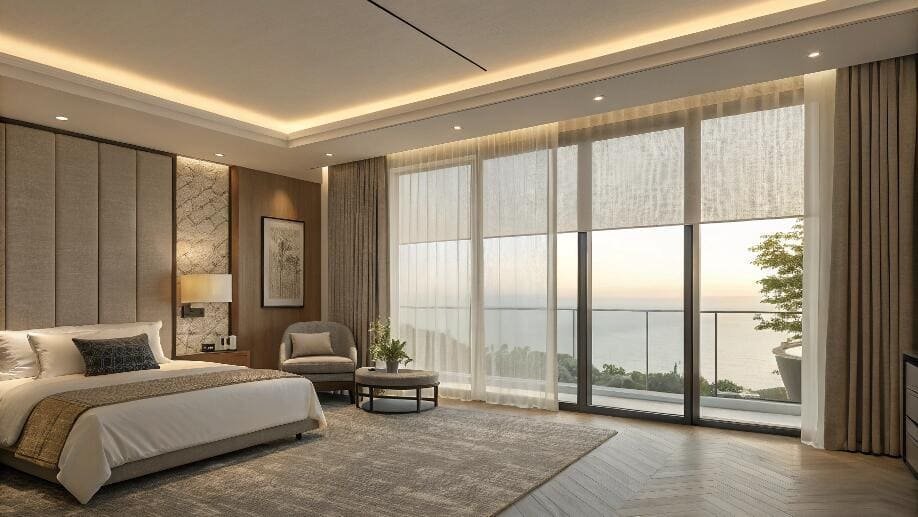
I always have this conversation with my clients at the beginning of the quoting process. The decision isn't just about cost; it's about aligning the delivery with your project timeline . If your project schedule has a buffer of 30-45 days for shipping, sea freight is the obvious choice. The cost savings are enormous. However, if a project is behind schedule and you need to complete an installation to meet a deadline, the high cost of air freight can be justified to avoid even costlier penalties or client dissatisfaction. Understanding the trade-offs is crucial for making the right call.
Comparing Air and Sea Freight for Blinds
| Feature | Sea Freight (LCL/FCL) | Air Freight |
|---|---|---|
| Cost | Low. This is the most economical way to ship large, heavy goods. | High. Can be 5-10 times more expensive than sea freight for the same volume. |
| Transit Time | Slow. Typically 20-40 days of transit time, plus port handling. | Fast. Typically 5-10 days door-to-door. |
| Volume Capacity | High. Ideal for orders over 500m², allowing you to ship full containers (FCL). | Low. Best for smaller, lighter shipments, like urgent replacement parts or samples. |
| Best For | Large, planned project orders where cost is a primary concern. Every bulk order we handle for project contractors goes by sea. | Rush orders, emergency replacements, or very high-value custom pieces needed to complete a project. |
| Key Question | "Can my project timeline accommodate a 4-6 week shipping window?" | "Is the speed of delivery worth the significant increase in my Total Landed Cost?" |
What are the key logistics principles for importing window blinds?
You've heard of logistics principles like the "5 Ps", but how do those academic ideas translate into the real world of importing a container of custom-made blinds? Theoretical rules don't prevent real-world delays.
Successful blind importation relies on four practical principles: Proactive Planning, Perfect Paperwork, Protective Packaging, and a Professional Partnership[^2]. Mastering these fundamentals is more critical than any textbook rule and ensures your shipment moves smoothly from factory to final destination.
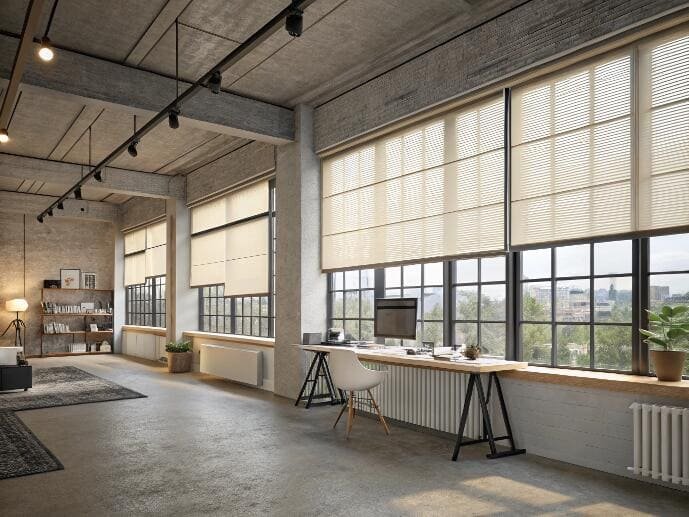
I've built my business around these core tenets. Logistics isn't just about moving boxes; it's about information management and risk mitigation. When a project manager like Emma partners with us, she isn't just buying blinds; she's plugging into a system designed to handle these four principles for her. We know that clear communication and meticulous preparation are what keep projects on track . A surprise at the port of entry is a sign of failure in the planning stage. Let’s look at how these practical principles apply directly to a bulk blinds order.
Four Pillars of a Smooth Import Process
| Principle | Actionable Strategy for Blind Imports | Why It Matters |
|---|---|---|
| 1. Proactive Planning | Develop a detailed timeline that includes production, transit, customs clearance, and final delivery, with a 1-2 week buffer for potential delays. | Prevents last-minute panic. Allows for cost-effective sea shipping and ensures materials arrive before contractors need them. |
| 2. Perfect Paperwork | Ensure the Commercial Invoice, Packing List, and Bill of Lading are 100% accurate and consistent. Triple-check product descriptions and values. | Inaccurate paperwork is the #1 cause of customs delays and fines. It creates suspicion and triggers manual inspections. |
| 3. Protective Packaging | Use high-quality, reinforced cartons. For large orders, specify palletization and crating to prevent crushing and damage during transit. | Blinds are long and relatively fragile. A single crushed box can damage multiple custom-made units, causing project delays. |
| 4. Professional Partnership | Work with a supplier who understands exports and a reputable freight forwarder/customs broker who knows your local market. | You are not a logistics expert. Rely on partners who are. A good team provides expert help and proactively solves problems. |
What are the customs classification and duty rates for window blinds?
The blinds have arrived at the port, but customs has flagged them for inspection, questioning the duty rate you've declared. An incorrect customs classification[^3] can lead to unexpected taxes and long, costly delays.
Window blinds are classified under the Harmonized System[^4] (HS). For example, plastic blinds might fall under HS Code 3925.30, while textile blinds are under 6303. Duty rates vary by country and material; for the US, this can range from 3% to over 10% of the product's value.
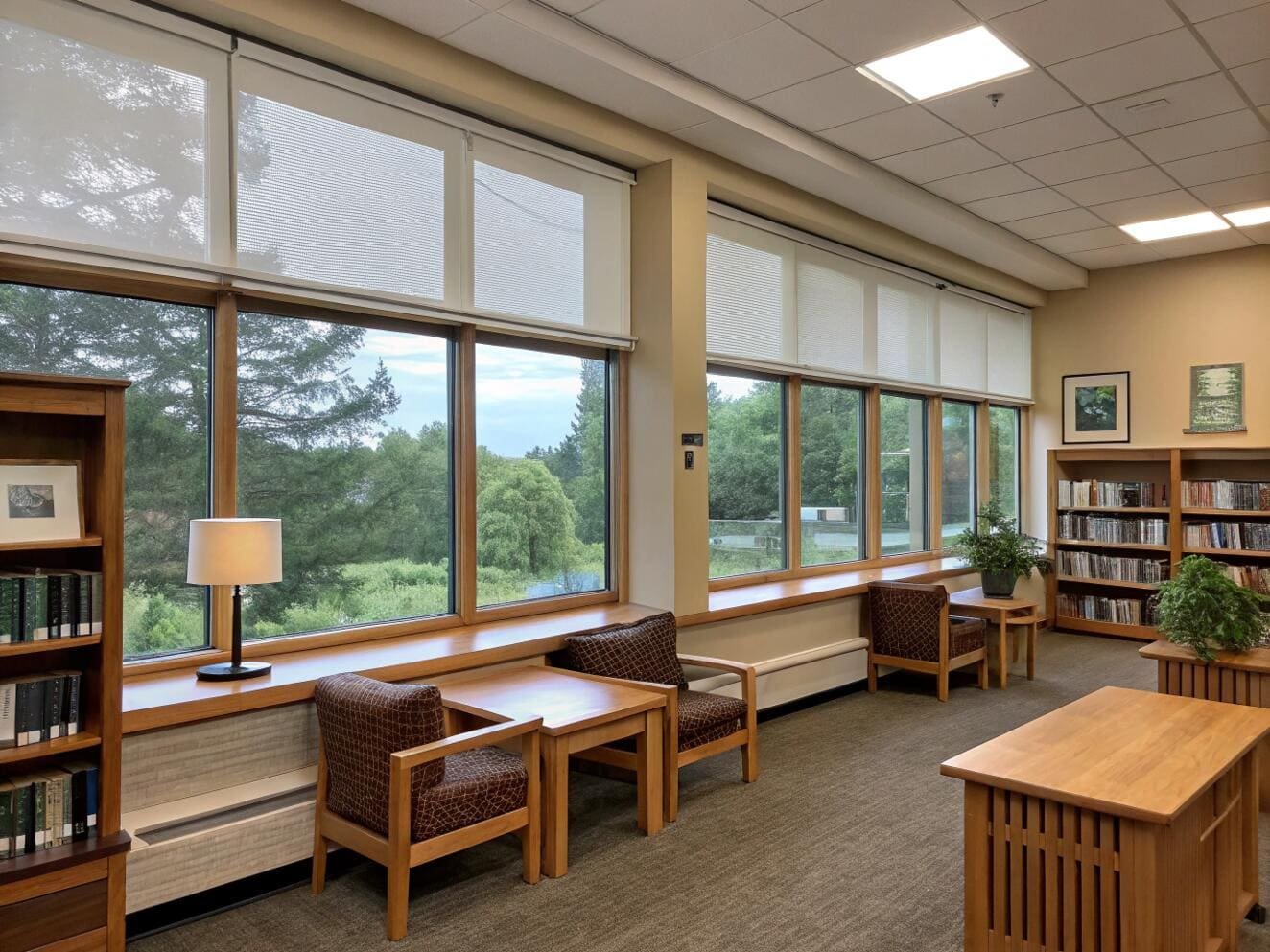
The HS Code is the universal language of international trade, and getting it right is non-negotiable. As a supplier, one of the first things we do is work with our clients to ensure the correct HS code is used for their specific product. A roller blind with polyester fabric has a different code than an aluminum Venetian blind. This classification determines the duty (tax) you will pay upon import. Under-declaring a value or using the wrong code to try and save on duties is a shortsighted strategy that often backfires, leading to penalties far greater than the initial savings. Transparency and accuracy are paramount.
Understanding HS Codes and Duties
- HS Code (Harmonized System Code): A 6 to 10-digit number used by customs authorities worldwide to classify products. The first 6 digits are universal, with subsequent digits used for country-specific classifications.
- Duty Rate: The percentage of tax levied on the product's value, determined by its HS code. This rate can be influenced by trade agreements (or trade wars) between the exporting and importing countries.
- How to Find It: Your supplier's export documents should list the appropriate HS code. A good customs broker will verify this code to ensure it is correct for your country's regulations.
Example HS Codes for Window Blinds (for illustration):
- 3925.30: Shutters, blinds (including Venetian blinds) and similar articles and parts thereof, of plastics.
- 6303.xx: Curtains (including drapes) and interior blinds; curtain or bed valances, of textile materials.
- 7616.91: Articles of aluminum, n.e.s. (could include aluminum blinds).
The key takeaway for a procurer like Emma is to confirm this HS code early and factor the corresponding duty percentage into the total landed cost calculation.
What documentation is required for importing window blinds?
Your shipment has landed, but you receive a notice that it's being held by customs due to "incomplete documentation." Every day it sits in the port, you incur storage fees, and your project schedule slips.
To import window blinds, you need a core set of documents: a Commercial Invoice, a Packing List, and a Bill of Lading (for sea) or Air Waybill (for air). In some cases, a Certificate of Origin may also be required to claim preferential duty rates.
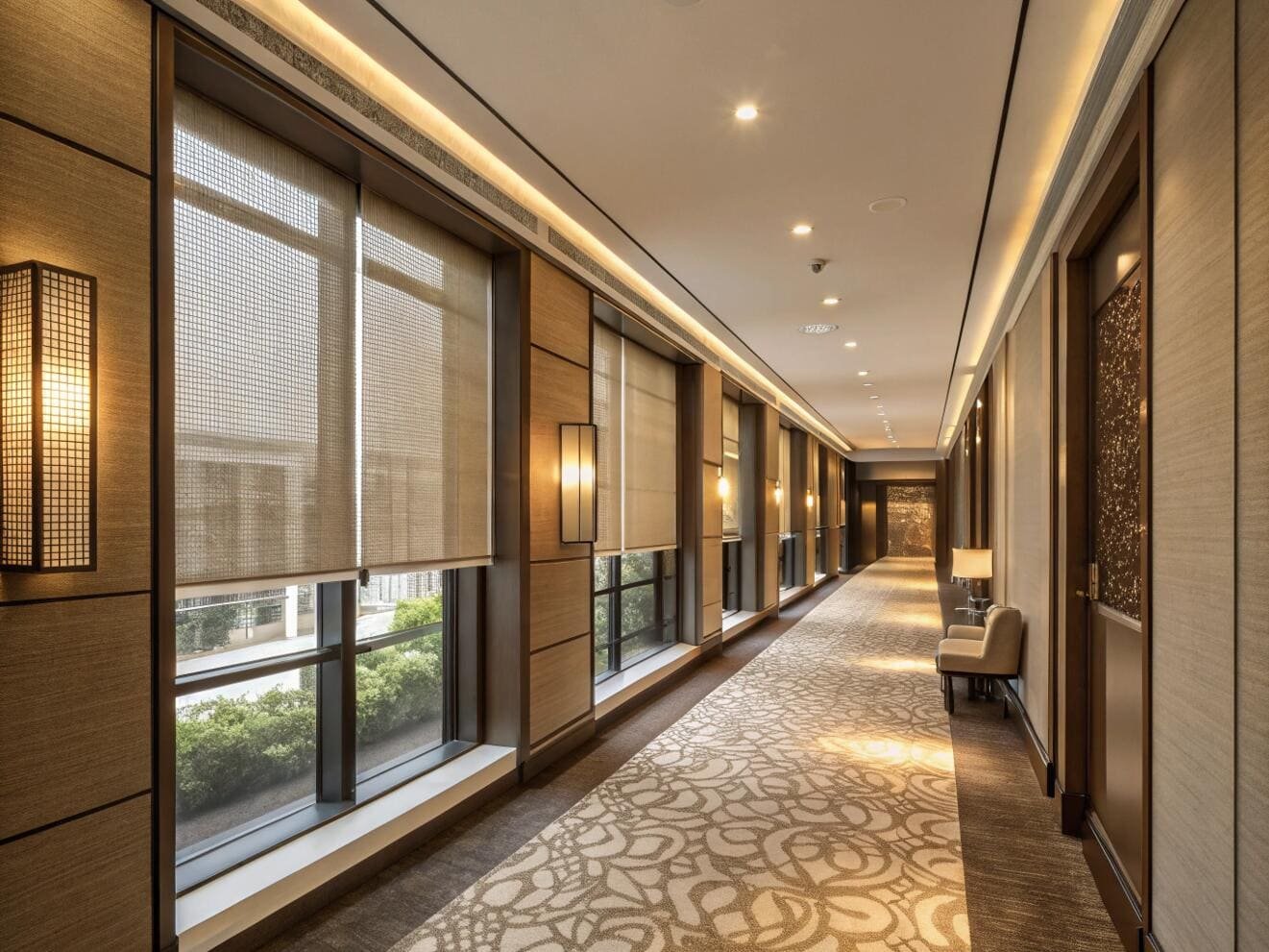
I tell my clients to think of these documents as the passport for their goods. Without a valid, complete, and consistent passport, the goods cannot legally enter the country. My team's responsibility is to generate this paperwork perfectly, based on the order details [2]. The most common mistake we see from inexperienced exporters is inconsistency—the Packing List might show 100 boxes, but the Bill of Lading shows 99. This tiny error is a huge red flag for a customs agent and will guarantee a delay.
The Essential Paperwork Trio
| Document | Purpose | Key Information to Verify |
|---|---|---|
| 1. Commercial Invoice | States the value of the goods. It's used by customs to determine the duties and taxes owed. | Must show buyer/seller details, a clear description of the goods (e.g., "polyester roller blinds"), unit price, and total value. |
| 2. Packing List | Details the contents of the shipment, including the number of boxes, dimensions, and weight. It's used by customs to verify the cargo. | Must match the Commercial Invoice exactly. Shows how the goods are packed, which is vital if only part of a shipment is inspected. |
| 3. Bill of Lading (B/L) or Air Waybill (AWB) | The contract between you and the shipping carrier. It acts as a receipt for the goods and a title document to claim them upon arrival. | Must show the correct consignee (the party who owns the goods), port of loading, and port of discharge. |
How do you optimize shipping routes and delivery terms for blind imports?
You're getting quotes from different suppliers, and they use terms like "FOB Shanghai" and "EXW Wuhan." Understanding these terms is critical, as they define who is responsible for what—and who pays for what—at every step of the journey.
To optimize delivery, choose the right Incoterm for your level of control. FOB (Free On Board) is the most common for bulk imports, balancing cost and responsibility. Also, partner with a supplier in a major logistics hub, like our base in Wuhan, to get access to faster, more reliable shipping routes .
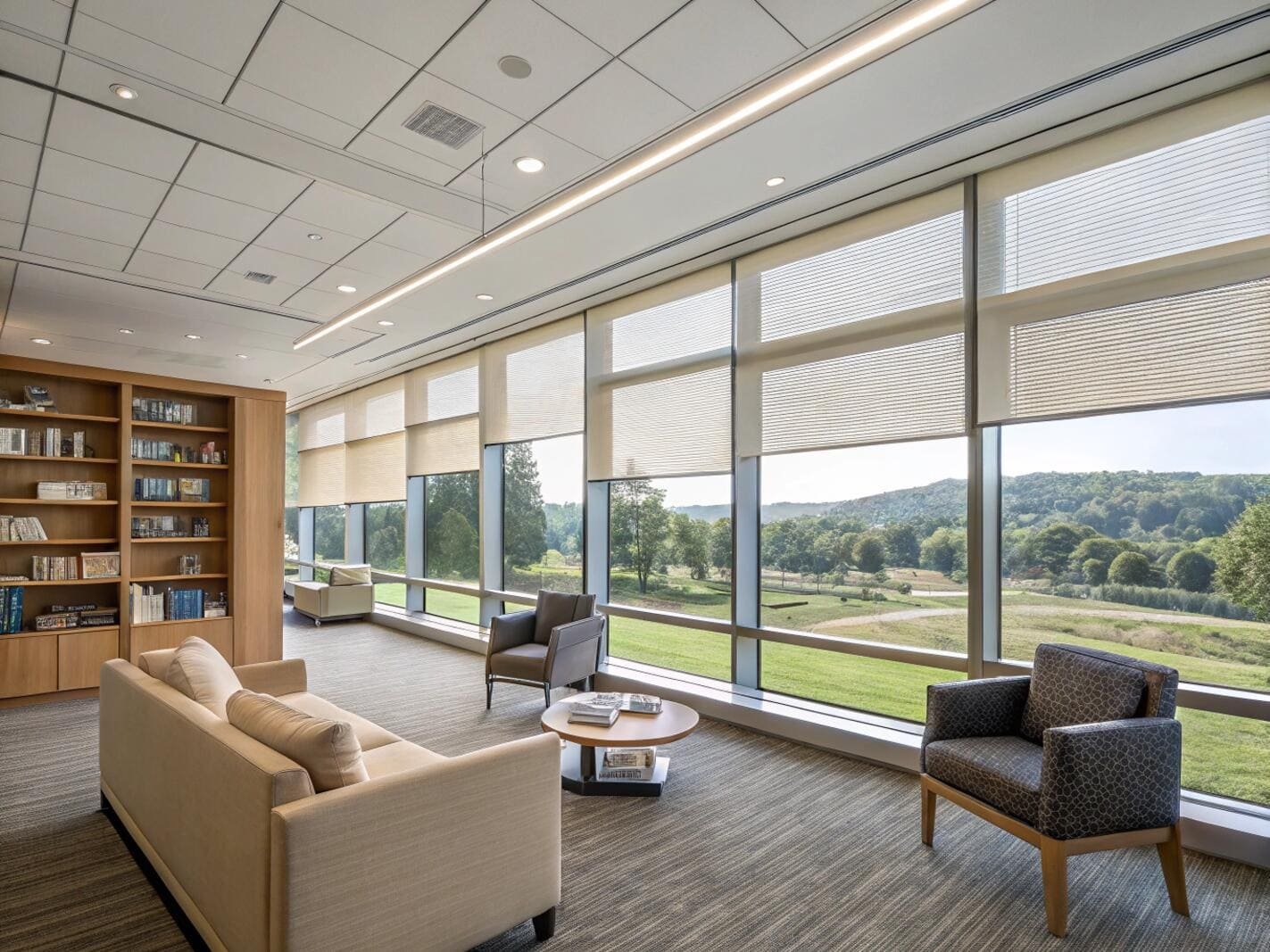
Incoterms are the official rules of international trade, and they are written into every sales contract. As an experienced exporter, I usually recommend FOB for my project buyer clients. With FOB, my responsibility is to produce the blinds, package them for export, and handle all the logistics of getting them to the departure port and clearing them for export. Once the goods are "on board" the ship, the responsibility (and cost) for the ocean freight, insurance, and destination logistics transfers to the buyer. This gives you, the buyer, the flexibility to use your own preferred freight forwarder for the international leg, who may offer you better rates or service.
Common Incoterms for Blind Imports Explained
| Incoterm | Supplier's Responsibility | Buyer's Responsibility | Best For |
|---|---|---|---|
| EXW (Ex Works) | Make goods available at the factory. That's it. | All logistics: from factory pickup, to port, to export customs, to destination. | Buyers who have their own logistics team on the ground in the exporting country. Maximum control, maximum work. |
| FOB (Free On Board) | Deliver goods to the departure port and clear them for export customs. | Arrange and pay for international shipping, insurance, import customs, and final delivery. | Most buyers. A good balance of cost and control. It's the industry standard for bulk imports. |
| DDP (Delivered Duty Paid) | All logistics and costs, door-to-door, including import duties. | Receive the goods at your warehouse. | Buyers who want a single, all-inclusive price and zero logistical hassle. Convenient, but often more expensive. |
How do you calculate total landed costs and manage import risks?
The price on your supplier's quote is just the beginning. To truly understand the cost of your project, you need to calculate the Total Landed Cost, accounting for all the "hidden" expenses that occur after the goods leave the factory.
The Total Landed Cost is calculated by adding the product cost to all shipping fees, insurance, customs duties, taxes, and local delivery charges. Managing risk involves securing cargo insurance and building buffer time into your project schedule to account for potential shipping or customs delays.
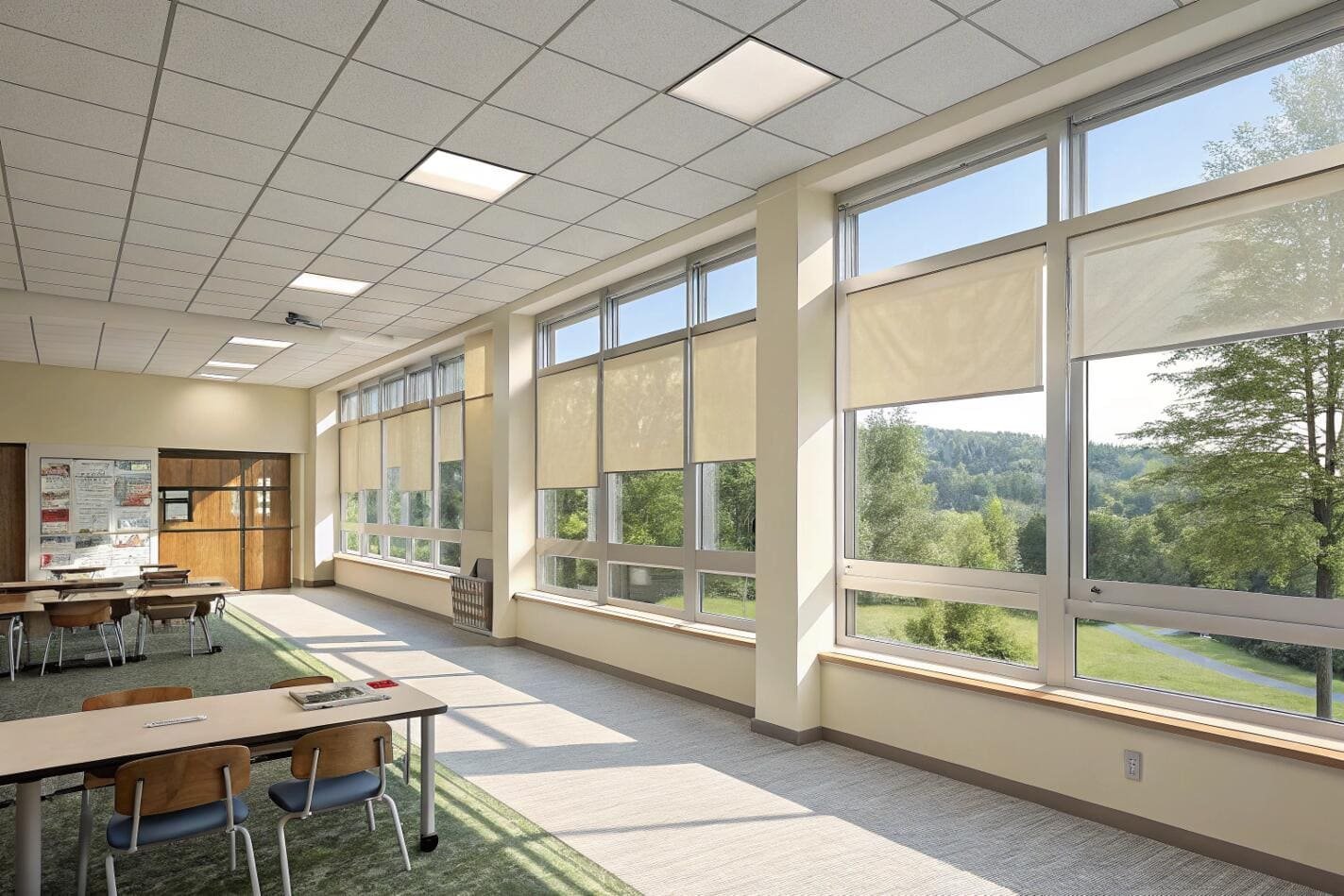
This is the most critical calculation a project procurer will make. The initial quote from a supplier might look attractive, but without knowing the landed cost, you can't make an apples-to-apples comparison or accurately budget for your project. A supplier offering a slightly higher FOB price might be located near a more efficient port, saving you more on the inland transport leg. I always advise my clients to work with a freight forwarder to get a clear estimate of these "destination charges" before they even place an order with me.
Deconstructing the Landed Cost
To calculate your true cost per blind, you need to sum up all these components and then divide by the number of units:
- Product Cost: The price you pay the supplier (e.g., the FOB price).
- Shipping & Freight: The cost for the ocean or air transit.
- Insurance: Absolutely essential. It's a small percentage of the goods' value but protects you from catastrophic loss if a container goes overboard or is damaged.
- Customs Duties & Taxes: The duties calculated based on the HS code and any local taxes (like VAT or GST).
- Destination Charges: This includes port fees, customs brokerage fees, and inland transportation from the port to your warehouse or project site.
For risk management, the two most important tools are cargo insurance and time. Never ship without insurance, and never plan your installation for the day the ship is scheduled to arrive. Always add at least two weeks of buffer.
Conclusion
Importing blinds doesn't have to be a source of stress. By focusing on proactive planning, perfect paperwork, protective packaging, and professional partners, you can create a smooth, predictable supply chain. This approach ensures your high-quality blinds arrive safely, on time, and on budget.
Let Us Handle the Logistics for Your Next Project
Navigating global shipping is our expertise. My team simplifies the entire process—from technical specs to customs documentation—so you can focus on your project, not on logistics. We provide clear updates and responsive support every step of the way [2].
Contact us at info@velablinds.com to get a tailored quote and a clear logistics plan for your bulk order.
Extended FAQ Section
People also ask
What is the difference between FOB and DDP shipping for blinds?
FOB (Free On Board) means the supplier is responsible for getting the goods to the departure port and clearing export customs. The buyer then takes over, paying for the international shipping, insurance, and all import/delivery costs. This offers control and cost flexibility. DDP (Delivered Duty Paid) is the opposite; the supplier handles and pays for everything door-to-door, including import duties. The buyer just receives the goods. DDP is convenient and low-risk for the buyer but is usually more expensive as the supplier prices in all risks and uses their preferred (not necessarily the cheapest) shipping partners.
How much does it cost to ship a container of blinds from China to the US?
Shipping costs fluctuate dramatically based on carrier demand, fuel prices, and port congestion. A 40-foot container (FCL) from a major Chinese port to a US West Coast port could cost anywhere from $2,500 to $5,000 during normal periods, but these rates can spike to over $15,000 during peak seasons or global supply chain disruptions. This price typically only covers the ocean freight. You must also add costs for insurance, customs brokerage, duties (based on the value of the blinds), and inland trucking from the port to your final destination, which can add another $1,500-$3,000 or more.
Should I hire my own customs broker or use the one my supplier recommends?
For an FOB shipment, you are required to hire your own customs broker in your country. A customs broker is a licensed professional who acts as your agent to ensure your goods meet all legal import requirements. While your supplier might recommend a broker their other clients use, it's often best to find your own local broker. They will have a direct relationship with you, work in your best interest, and be highly familiar with the specific regulations at your local port of entry. Building a long-term relationship with a good broker is a valuable asset for any import business.
---
[^1]: Discover the advantages of working with suppliers in major logistics hubs.
[^2]: Find out how to select reliable partners to enhance your logistics operations.
[^3]: Learn about customs classification to avoid unexpected taxes and delays.
[^4]: Understand the Harmonized System and its significance in classifying goods.Partner with VelaBlinds for Your Next Project
Smart window treatments shouldn't be complicated. After working with 500+ distributors and contractors worldwide, I've streamlined the process to get you quality products, competitive pricing, and reliable support - every time.
Why project professionals choose VelaBlinds:
- ✅ Fast, Accurate Quotes - Detailed specs and pricing within 24 hours
- ✅ Transparent Pricing - No hidden fees, volume discounts clearly outlined
- ✅ Quality Assurance - Direct partnerships with certified OEM manufacturers
- ✅ Project Support - Dedicated account manager from quote to delivery
Start your next project:
📧 Quick Quote: Send your requirements to info@velablinds.com
📱 Direct Contact: WhatsApp +86 137 2012 8317
🌐 Browse Solutions: https://velablinds.com/
📁 Product Resources: Access spec sheets, catalogs & project files
Jimmy Chen, Founder
"I built VelaBlinds to solve the real challenges I faced as a project buyer - long lead times, unclear specs, and unreliable suppliers. Let's discuss how we can power your projects with smarter blinds."
Serving distributors and contractors across North America, Europe, and Australia since 2018.

